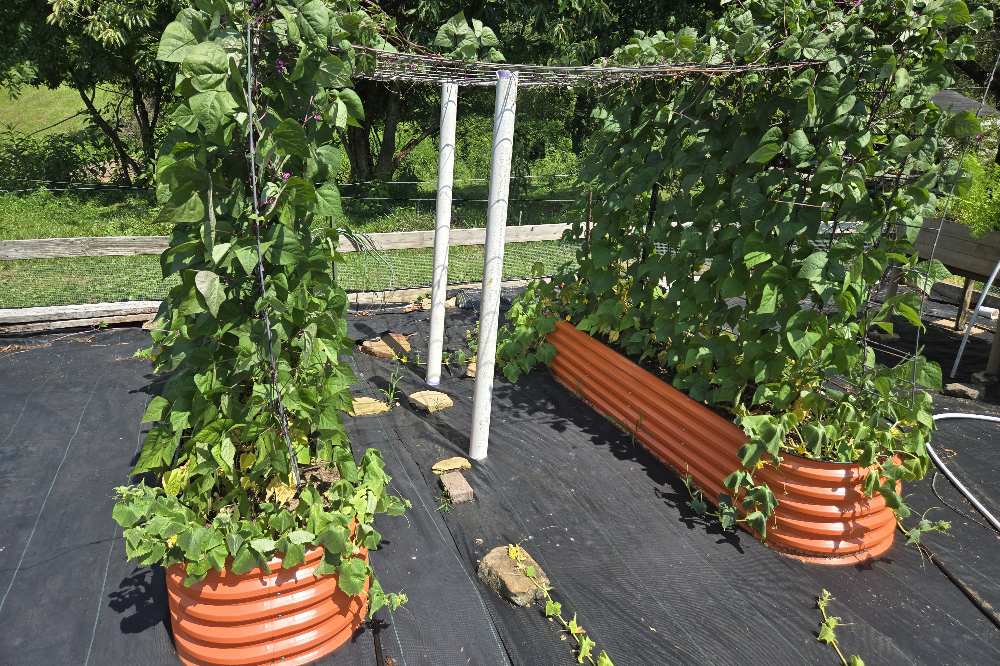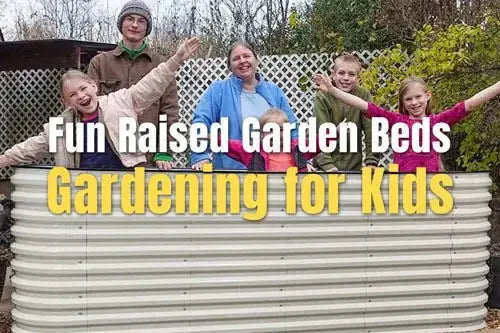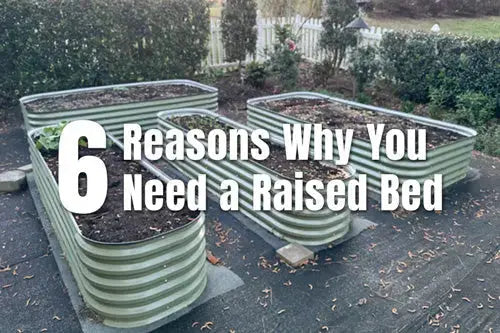How Deep Should a Raised Garden Bed be
Raised garden beds have become increasingly popular among gardeners due to their many benefits, including improved soil drainage, better weed control, and easier access to plants. Are you considering creating a raised garden bed but unsure how deep it should be?
The depth of a raised garden bed is an essential factor to consider, as it can significantly impact the health and productivity of your plants. In this article, we'll take a closer look at how deep your raised garden bed should be, and the various factors you should consider when determining the ideal depth for your specific gardening needs.

Factors that Determine the Depth of Your Raised Garden Bed
Determining the ideal depth for your raised garden bed depends on several factors. Here are some of the most important factors to consider:
Plant Type
Different plants have varying root depths, so the depth of your garden bed will depend on the plants you plan to grow. Here are the lists:
- Shallow-rooted plants: Lettuce, radishes, and herbs can thrive in a raised garden bed that is 6 to 8 inches deep. Example: Tomatoes, peppers, eggplants, potatoes, asparagus, etc.
- Deep-rooted plants: Tomatoes, peppers, and eggplants require a raised garden bed that is at least 12 to 18 inches deep to accommodate their roots. Example: Tomatoes, peppers, eggplants, potatoes, asparagus, etc.
- Root vegetables: Carrots, onions, and potatoes require a raised garden bed that is at least 12 inches deep to allow for their roots to grow. Example: Carrots, onions, garlic, radishes, etc.
- Fruit plants: Strawberries and blueberries require a raised garden bed that is at least 12 inches deep to allow for adequate root growth. Example: Strawberries, blueberries, raspberries, blackberries, etc.
- Vining plants: Cucumbers, squash, and melons require a raised garden bed that is at least 12 inches deep to allow for root growth and proper anchoring of the plant. Example: Cucumbers, zucchini, squash, pumpkins, melons, etc.

Note: These are just general guidelines and the actual depth needed may vary depending on the variety of the plant and the quality of the soil. Researching the specific requirements of the plants you plan to grow can help ensure a successful harvest in your raised garden bed.
Soil Quality
The quality of your soil will also determine the depth of your garden bed. If you have poor soil, you may need to create a deeper bed to provide enough space for roots to grow. Good quality soil that is rich in nutrients, well-draining, and able to retain moisture can support plants in a shallower bed.
Also read: Types of Soil for Your Raised Garden Bed.
Garden Bed Materials
The materials you use to build your raised garden bed will also determine its depth. If you're using bricks or cinder blocks, the height of your bed will be limited to the size of your materials. If you're using wooden planks, you can customize the bed's depth to your liking. If you're using metal panels, 17-inch tall metal raised bed is the ideal one.
Garden Bed Location
The location of your garden bed can also impact its depth. If you're placing your bed on a slope, you may need to create a deeper bed to prevent soil erosion. In contrast, if your garden bed is on a flat surface, a shallower bed may be sufficient.
Also read: Where to place your garden beds?
Tips for Maximizing Your Raised Garden Bed's Potential
Once you have determined the ideal depth for your raised garden bed based on plant type, soil quality, garden bed materials, and location, there are several tips you can follow to maximize its potential:
- Add compost: Incorporating compost into your raised garden bed can help improve soil quality, providing your plants with the nutrients they need to thrive.
- Mulch: Applying a layer of mulch over the soil in your raised garden bed can help retain moisture, prevent soil erosion, and suppress weed growth.
- Proper spacing: Make sure to properly space your plants in your raised garden bed to prevent overcrowding, which can lead to poor growth and disease.
- Crop rotation: Rotating the crops you grow in your raised garden bed each season can help prevent soil-borne diseases and improve soil health.
- Water regularly: Make sure to water your plants regularly, especially during hot and dry periods. A soaker hose or drip irrigation system can help conserve water while ensuring your plants are adequately hydrated.
- Fertilize: Adding a slow-release fertilizer to your raised garden bed can help provide your plants with a steady supply of nutrients throughout the growing season.
The Necessary Garden Tools for Maintaining a Raised Garden Bed
Maintaining a raised garden bed requires some essential tools to ensure that your plants are healthy and thriving. Here are some of the necessary garden tools you may need:
- Shovel: A sturdy shovel is essential for digging and moving soil, compost, and other materials.
- Rake: A rake can help level the soil surface and remove debris from your raised garden bed.
- Hand trowel: A hand trowel is useful for digging small holes for planting, transplanting seedlings, and removing weeds.
- Pruning shears: Pruning shears are necessary for trimming and shaping plants and removing dead or damaged branches.
- Watering can or hose: Regular watering is essential for the health of your plants, and a watering can or hose can make it easier to keep them hydrated.
- Hoe: A hoe can be used to break up soil clumps and remove weeds from your raised garden bed.
- Garden fork: A garden fork can be useful for turning over soil and mixing in compost and other amendments.
- Gardening gloves: Gardening gloves can protect your hands from thorns, blisters, and other hazards while working in your raised garden bed.
Frequently Asked Questions (FAQs)
Question1: Can I use any type of soil in a raised garden bed?
Answer: While you can use any type of soil in a raised garden bed, it's best to use a high-quality soil mix that is specifically formulated for raised beds. These mixes are often a blend of soil, compost, and other organic materials, providing the ideal growing conditions for your plants.
Question2: How often should I water my raised garden bed?
Answer: The frequency of watering your raised garden bed depends on the type of plants you're growing, the climate, and the soil type. Generally, it's best to water deeply once or twice a week, rather than shallowly every day.
Question3: What types of plants are best suited for raised garden beds?
Answer: Raised garden beds are suitable for a wide variety of plants, including vegetables, herbs, flowers, and small fruits. However, shallow-rooted plants like lettuce and radishes tend to do particularly well in raised garden beds, as do plants with deep root systems like tomatoes and peppers.
Conclusion
In conclusion, raised garden beds are a great way to grow plants in a controlled environment, and with the right depth and soil mix, you can achieve great results. It's important to consider the types of plants you want to grow, as well as the necessary maintenance tools and techniques. Adding compost and mulch to your raised garden bed can help improve soil quality and prevent weed growth, while regular watering and pruning can keep your plants healthy and thriving. With these tips in mind, you can create a beautiful and productive raised garden bed that will provide you with fresh produce and a beautiful outdoor space for years to come.
Pick A Raised Garden Bed
By DS Zobayer
Author bio: DS Zobayer is an avid gardener and writer with a passion for sustainable living. He has been gardening for a while and has accumulated a wealth of knowledge and experience in the field. His articles on gardening have been published on various websites, and he is dedicated to sharing his expertise with others.


